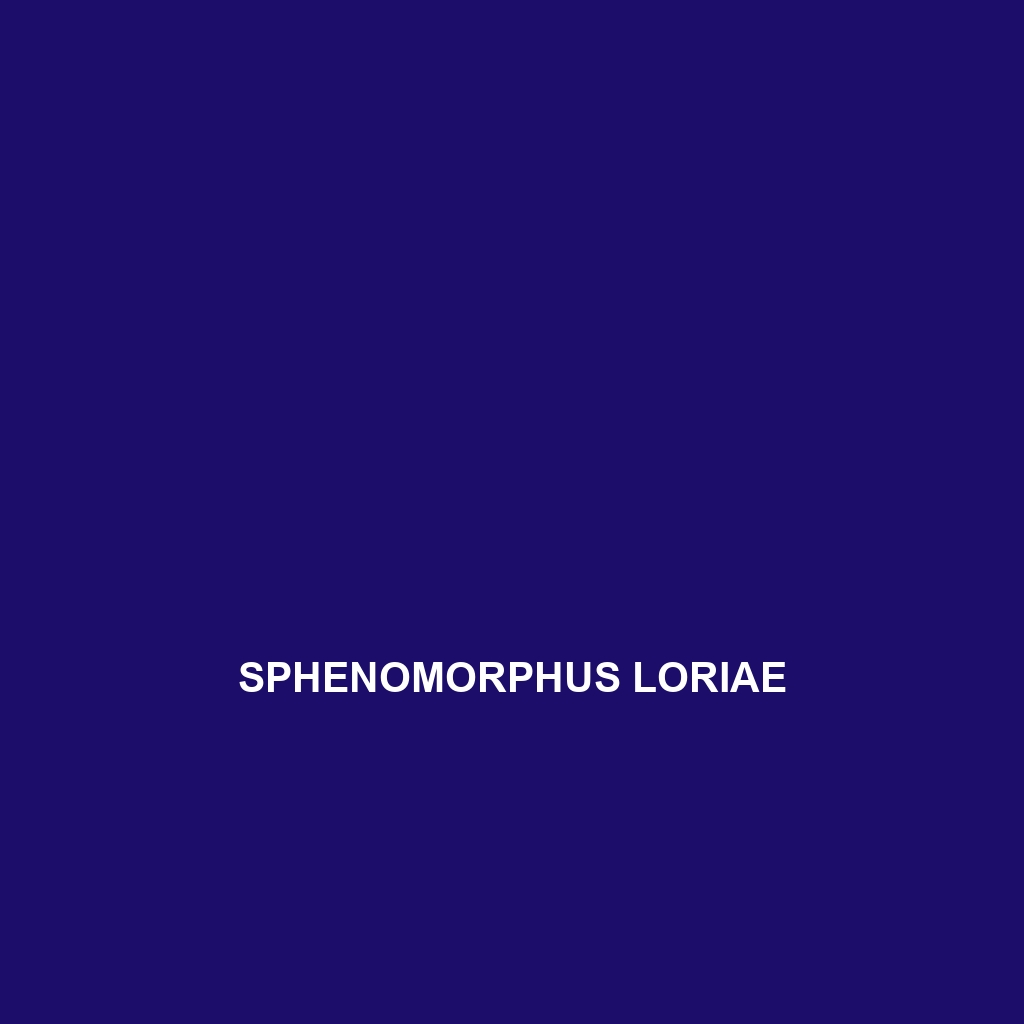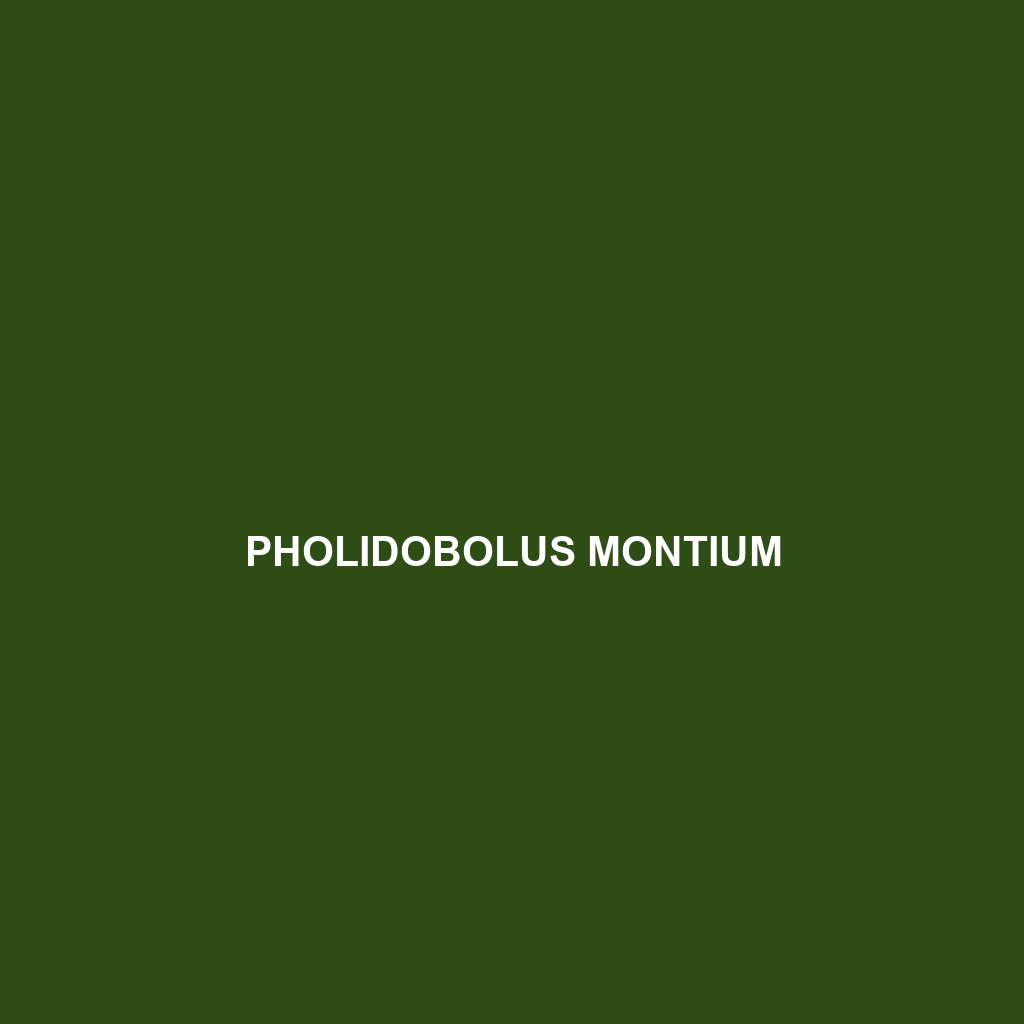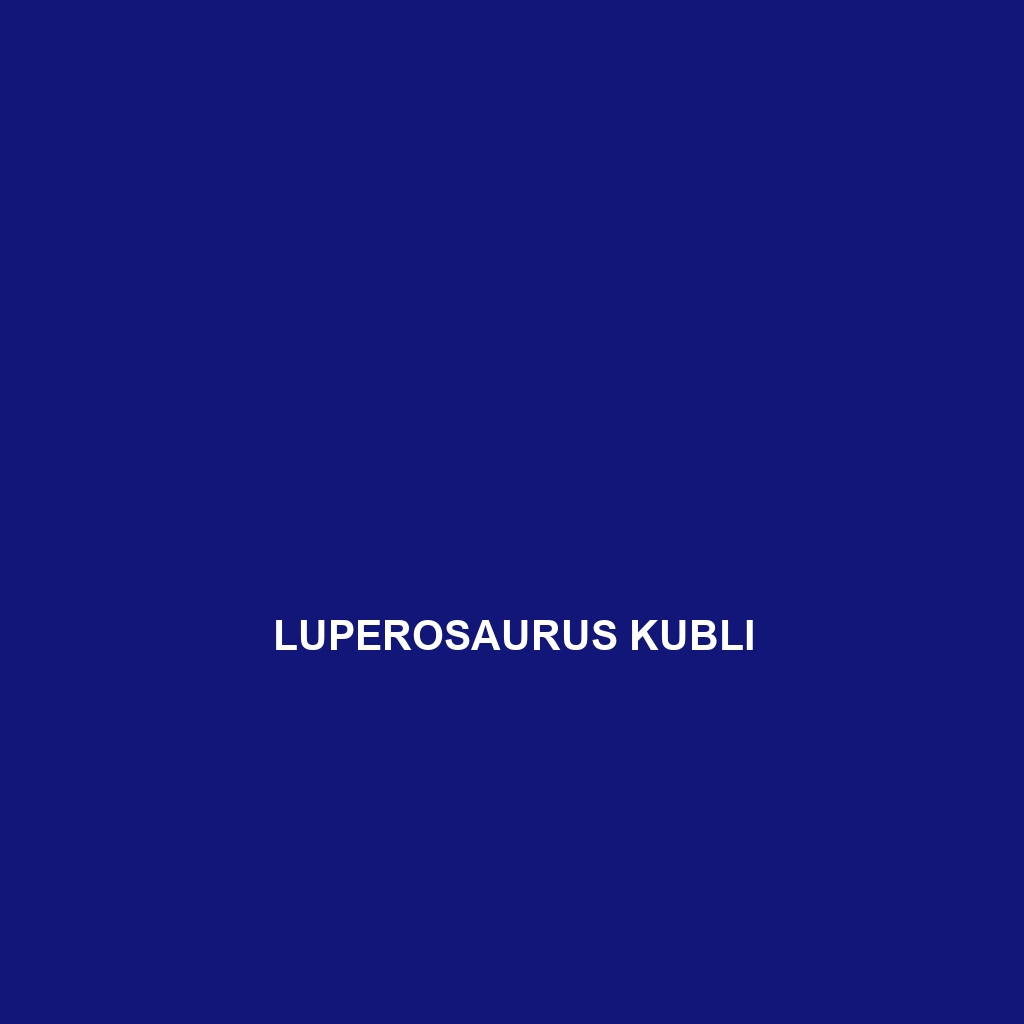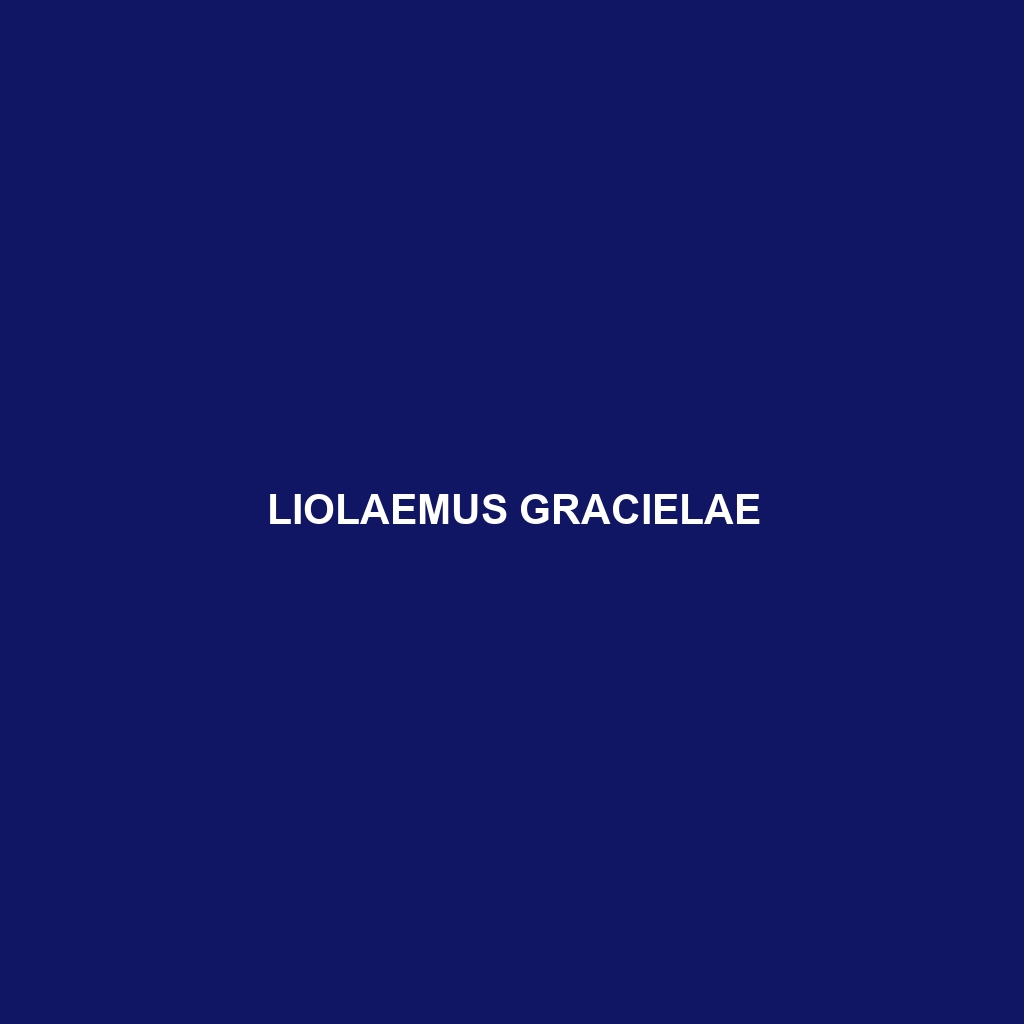Introducing the Sphenomorphus mimicus, commonly known as the mimic skink. This vibrant, insectivorous reptile thrives in tropical rainforests and is renowned for its exceptional camouflage abilities and unique mimicry behaviors, making it a fascinating species within its ecosystem.
Tag: color change in reptiles
Sphenomorphus loriae
<p><b>Sphenomorphus loriae</b> is a vibrant, diurnal lizard native to the rainforests of Papua New Guinea and Indonesia, characterized by its slender body, smooth scales, and ability to camouflage. As an insectivore, it plays a vital role in controlling insect populations while also serving as prey for larger predators, making it an important species within its ecosystem.</p>
Smaug swazicus
<p><b>Smaug swazicus</b>, or the Swazi dragon, is a small, vibrant reptile found in the temperate forests and montane grasslands of Swaziland, known for its stunning green and brown coloration, spiky dorsal crest, and unique diurnal behaviors. This insectivore plays a vital ecological role by controlling insect populations and serving as prey, while also facing conservation challenges due to habitat loss.</p>
Smaug swazicus
<p><b>Smaug swazicus</b>, or the Swazi dragon, is a small, vibrant reptile found in the temperate forests and montane grasslands of Swaziland, known for its stunning green and brown coloration, spiky dorsal crest, and unique diurnal behaviors. This insectivore plays a vital ecological role by controlling insect populations and serving as prey, while also facing conservation challenges due to habitat loss.</p>
Pholidobolus montium
<p><b>Pholidobolus montium</b>, commonly known as the Montane Pholidobolus, is a vulnerable reptile endemic to the Andean highlands, characterized by its elongated body, rough skin, and diurnal foraging behavior on invertebrates. This species plays a crucial role in its ecosystem by controlling insect populations while facing threats from habitat loss and climate change.</p>
Pholidobolus montium
<p><b>Pholidobolus montium</b>, commonly known as the Montane Pholidobolus, is a vulnerable reptile endemic to the Andean highlands, characterized by its elongated body, rough skin, and diurnal foraging behavior on invertebrates. This species plays a crucial role in its ecosystem by controlling insect populations while facing threats from habitat loss and climate change.</p>
Mediodactylus stevenandersoni
Mediodactylus stevenandersoni is a nocturnal species residing in temperate forests, savannas, and rainforests, known for its distinctive coloration and unique camouflage abilities. This vulnerable insectivore plays a vital role in maintaining ecological balance while thriving in moisture-rich microhabitats.
Luperosaurus kubli
<b>Luperosaurus kubli</b> is a vibrant, medium-sized lizard found in the tropical rainforests of Southeast Asia, renowned for its striking green and brown scales, impressive climbing abilities, and nocturnal behavior. As a primarily insectivorous species, it plays a crucial role in regulating insect populations while facing vulnerabilities due to habitat destruction.
Liolaemus gracielae
<p><b>Liolaemus gracielae</b>, a medium-sized lizard found in the temperate forests of the Andes Mountains, features a slender body, vibrant coloration, and unique dorsal patterns. Primarily insectivorous, this agile and adaptable species plays a crucial role in regulating insect populations and maintaining ecosystem health.</p>
Heliobolus bivari
<div class="short-description"> <p>Discover the vibrant <b>Heliobolus bivari</b>, a striking species found in tropical rainforests and savannas, known for its colorful camouflage, diurnal behavior, and vital role as a pollinator and seed disperser in its ecosystem.</p> </div>









